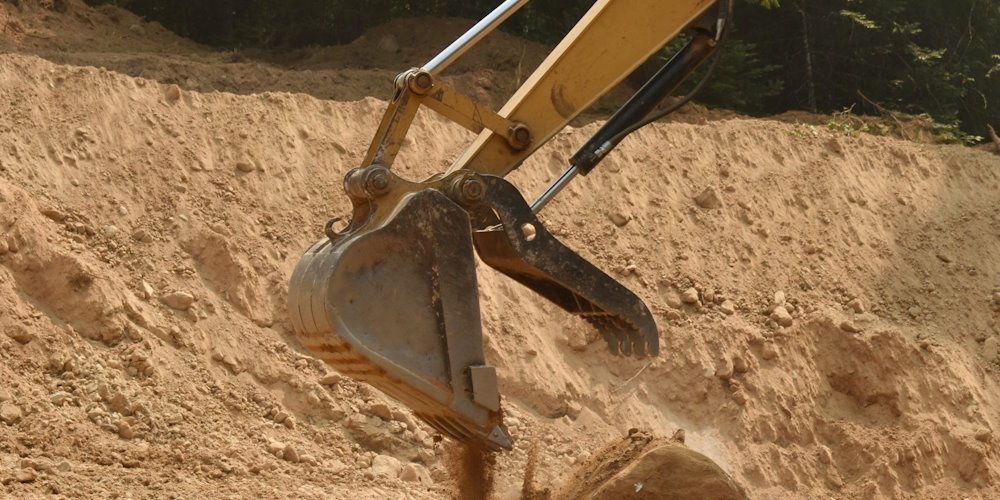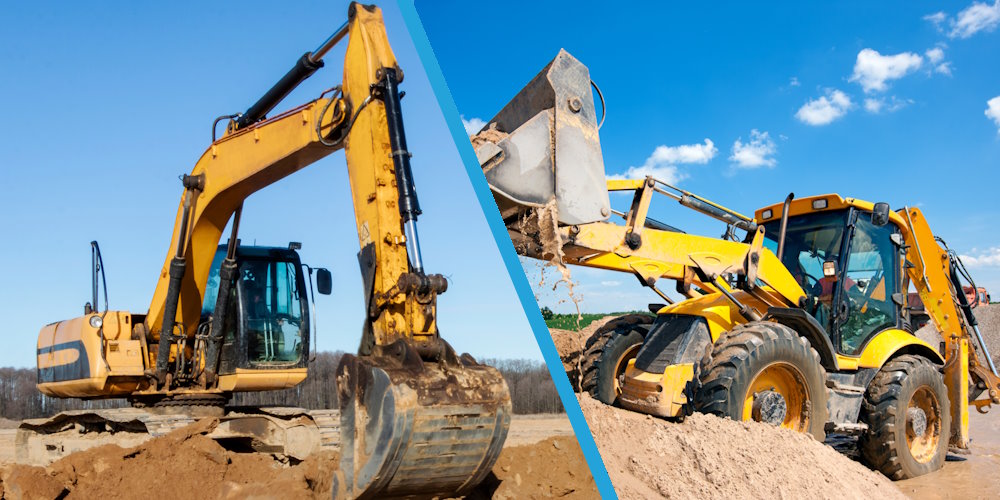
What Is a Thumb on an Excavator? Excavator Thumbs Explained
In the world of construction and demolition, precision and versatility are paramount. That’s where the excavator thumb comes into play. It’s a game-changer for operators, transforming a standard excavator into a multi-functional powerhouse. Imagine gripping, lifting, and moving objects with the finesse of a human hand; that’s the capability an excavator thumb adds to your machine.
Designed to fit various machine sizes, from the compact 2039K lb models to the robust 60100K lb machines, these attachments are not just about added weight or size. They come in different dimensions, like the 18×50 or the 32×67 thumbs, tailored to enhance your excavator’s operational efficiency. With features like foldability for storage and weld-on brackets for secure attachment, they’re engineered for convenience and durability. Whether it’s a 650 lb or a hefty 1650 lb model, each thumb is crafted to transform how you tackle your next project, making it an indispensable tool in your excavator’s arsenal.
What is an Excavator Thumb?
An excavator thumb, a crucial attachment for construction and demolition operations, works in tandem with an excavator’s bucket, mimicking a human thumb’s functionality. This tool enables an excavator to grasp, hold, and move objects, materials, or debris, significantly expanding the machine’s capabilities beyond simple digging tasks. Variably, thumbs are engineered to match different excavator sizes, from compact units weighing 2039K lbs to larger machines up to 100K lbs, ensuring a perfect fit for any project size.
Typically, an excavator thumb consists of a robust, movable piece of metal that can be hydraulically or mechanically operated. Sizes and weights vary, with smaller thumbs for 2039K lb machines approximately weighing 650 lbs and larger thumbs for 60100K lb machines reaching up to 1650 lbs, reflecting the diversity in applicability and functionality for different job requirements. Designed for versatility, the thumb’s dimensions, such as 18×50 inches or 32×67 inches, correspond to the excavator bucket’s size, allowing for efficient handling and manipulation of various objects.
Installation involves a weld-on bracket, with sizes ranging from 7×65 inches for smaller machines to 86×8.355 inches for the heavies, proving a secure, fixed point for the thumb attachment. This ensures a durable and reliable operation under various conditions. For convenience, these thumbs are engineered to fold against the excavator stick when not in use, optimizing storage and maneuverability on the job site.
Video resources serve as invaluable tools for understanding how these thumbs operate and can be installed, offering insights into their practical benefits and operational nuances.
With the excavator thumb, operators gain a significant advantage, allowing for more nuanced and controlled material handling, which directly translates to increased efficiency and safety on the construction site.
Do I Need a Thumb?
Deciding whether you need a thumb for your excavator hinges on the type of projects you undertake and the materials you handle. Essentially, a thumb attachment enhances your excavator’s versatility, allowing it to grasp, lift, and place objects with precision that wouldn’t be possible otherwise. This capability is paramount in applications beyond general digging, such as demolition, landscaping, and material handling.
Evaluating Your Project Requirements
Consider the nature of your projects. If your work involves moving irregularly shaped objects, such as rocks, debris, or even tree stumps, a thumb makes these tasks significantly more manageable. For demolition projects, a thumb is invaluable for grasping and removing structures carefully, minimizing the need for manual labor.
Analyzing Material Handling Needs
The frequency with which you move objects also plays a critical role in this decision. Regular handling of materials that require delicate placement or removal suggests a hydraulic thumb would be a worthy investment. Unlike its manual counterpart, a hydraulic thumb offers greater flexibility and control, essential for precise operations.
Considering Operator Efficiency
Skilled operators can perform many tasks without a thumb, but incorporating one can lead to notable increases in efficiency and safety. The attachment reduces the time and effort required to manipulate objects, significantly speeding up project timelines. For operations where time is of the essence, a thumb could be a game-changer.
Weight and Compatibility Considerations
Remember, adding a thumb introduces additional weight to your excavator, potentially impacting fuel efficiency and maneuverability. However, modern thumbs are designed with compatibility in mind, ensuring minimal disruption to your excavator’s performance. Features like Cat Payload Management work in tandem with your thumb and bucket, offering precise load weighing and enhancing overall operational efficiency.
Ultimately, your decision should align with your project’s demands and the desired level of efficiency and versatility. If your work frequently encompasses tasks that involve material handling, demolition, or intricate placement operations, investing in a thumb—particularly a hydraulic model—could significantly benefit your operations.
So When Do You Need a Thumb?
Now that you understand the pivotal role excavator thumbs play in construction and demolition tasks, enhancing versatility and precision, let’s delve into when you might need one. Depending on the nature of your projects, the frequency of material handling needs, and operator efficiency, the decision to add a thumb attachment could significantly impact your operational effectiveness.
What is a Mechanical Excavator Thumb?
A mechanical excavator thumb operates through manual adjustment and is typically used for projects requiring less frequent repositioning of materials. This type of thumb is affixed to the excavator’s stick, with the operator adjusting its position by manually inserting pins into preset slots. The mechanical thumb’s simplicity makes it a cost-effective option for operators managing a range of materials but not requiring constant adjustment. It’s ideal for projects where the versatility of movements isn’t paramount but grasping and holding capabilities are still needed. Equipped with adjustable settings, mechanical thumbs provide a straightforward solution for basic material handling.
What is a Hydraulic Excavator Thumb?
In contrast, a hydraulic excavator thumb offers a higher level of precision and flexibility. Operated through the excavator’s hydraulic system, this thumb can be adjusted seamlessly to handle various tasks without manual intervention for repositioning. Given its dynamic nature, a hydraulic thumb is invaluable for projects demanding intricate manipulation of materials, including lifting, positioning, and precision placement. Compatible with advanced systems like Cat Grade Control, 2D/3D Assist, Payload Management, and others, hydraulic thumbs enhance an excavator’s functionality. This makes them a must-have for operations aiming for efficiency and precision in material handling, particularly in demanding environments where quick adjustments are routine.
Choosing between a mechanical and hydraulic thumb depends on your specific project needs, the frequency of material handling tasks, and the desired level of operational efficiency. Whether handling bulky equipment, managing complex demolition projects, or executing precise construction tasks, incorporating the right thumb attachment can significantly streamline your operations.
Conclusion
Choosing the right excavator thumb is crucial for maximizing your project’s efficiency and effectiveness. Whether you opt for a mechanical thumb for less frequent material handling or a hydraulic thumb for more complex and precise tasks, understanding your project requirements and operator capabilities is key. With the insights provided, you’re now equipped to make an informed decision that will enhance your construction or demolition project’s productivity. Remember, the right attachment not only improves versatility but also ensures precision and safety on the job site.


